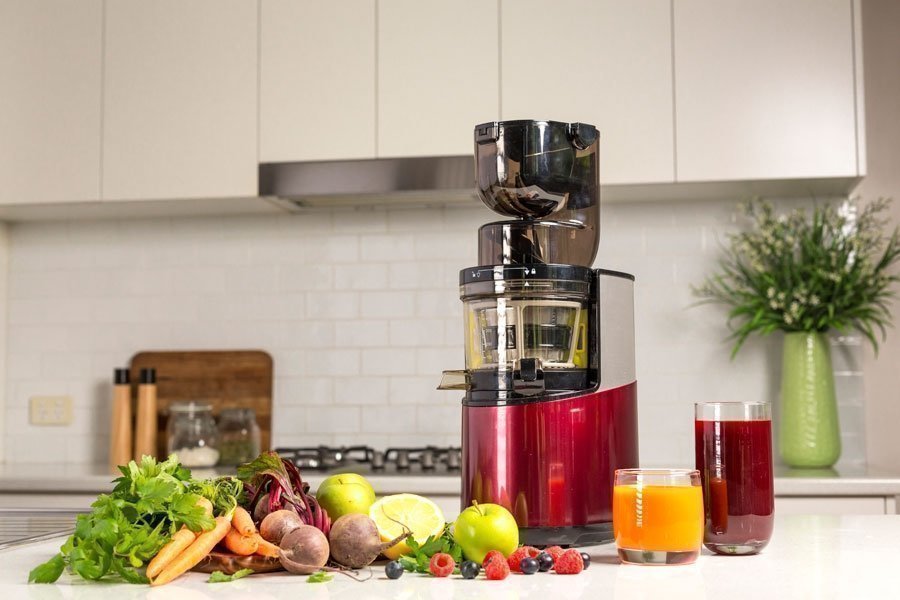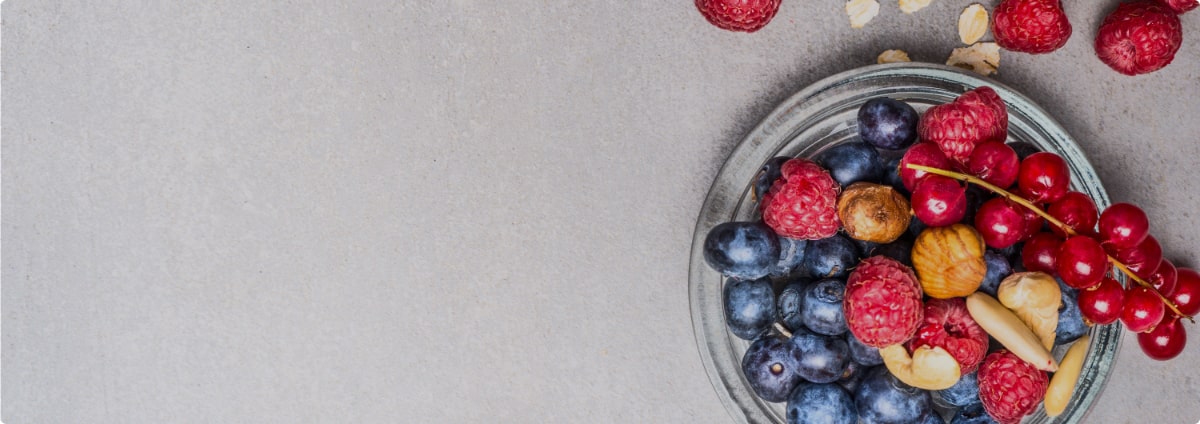Vitality 4 Life uses cookies to provide and improve our services, if you continue browsing, we consider that you accept its use. For more information, please see our privacy page.

VegeBox Microgreens - does size really matter?
When growing microgreens it's the smaller the better
Microgreens are simply young vegetable greens or seedlings of a vegetable, herb or edible flower. They don't need a lot of room so growing them in a Vegebox indoor hydroponic garden is easy. Succulent, slender but packing a powerful, nutritious, flavour punch, microgreens are increasing in popularity. While they may seem tender and delicate they are easy to germinate and with usually five days from seed to harvest, even the most impatient gardener will be happy.
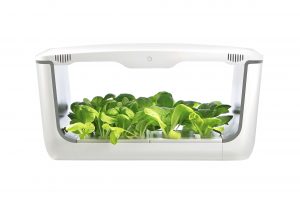
Home hydroponics is very popular especially for those who do not have a garden or patio or live in small, high rise apartments. Size matters when you don't have a lot of space and the VegeBox Indoor Vegetable Garden is compact, sleek and can fit anywhere. Plus there is no digging and weeding to be done so more time to relax.
Hydroponic vs Soil
Hydroponic microgreens have some distinct advantage over soil grown. If you are impatient like me you will love hydroponics. Plants grow up to 50 percent faster than soil grown plants. They are chemical free and less susceptible to pests and disease. Being inside they are also safe from the bigger, furry variety of pest.
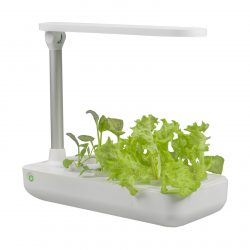
If you like to micro manage you will love having complete control over your microgreens world. You manage the nutrient levels and lighting and also the space where your plants can grow. If you live in a small apartment you can still have fresh food right at your finger tips.
Due to their vulnerable nature and high sowing rate and density small particles of substrate can end up in the foliage and as they are not generally washed after picking these particles can end up in your teeth! Not very appetising.

As soon as the seeds germinate, microgreens require light and nutrients to produce the highest quality product. Artificial lighting doesn’t need to be intense and these young seedlings produce well under propagation lamps provided the lamps don’t produce too much heat, which may burn the tender young foliage. With the sleek design of the VegeBox indoor vegetable garden you have also have a beautiful addition to your home.
A super food
Whilst their nutrient content varies slightly, most varieties tend to be rich in potassium, iron, zinc, magnesium and copper. They are a rich source of polyphenols, a class of antioxidants that have been shown to lower risk of heart disease, Alzheimer’s disease and diabetes. A truly super food.
So what should you grow?
There are over fifty types of vegetables, herbs and edible flowers that are suitable microgreens to eat. The most common being:
- Lettuce - not just for rabbits, contains vitamins, calcium, iron and trace amounts of potassium folate, magnesium and phosphorous.
- Spinach - it works for Popeye. Full of vitamin K, A and C, as well as folate, manganese, magnesium, iron, potassium and calcium. It's also a good source of niacin, zinc, protein, fiber, vitamin E, thiamin, vitamin B6, phosphorus and copper.
- Radish - a good source of vitamins C, folate and riboflavin (vitamin B2). They contain minerals such as calcium, potassium (which helps to regulate blood pressure) and manganese (involved in the regulation of brain and nerve function). And they are quick and easy to grow.
- Beets - dense with nutrients, including potassium, betaine, magnesium, folate, and Vitamin C and a good dose of nitrates. Beets can also help reduce blood pressure and anemia, improve circulation and cognitive function.
- Watercress - watch out Big C - It contains a plethora of antioxidants, which may lower your risk of heart disease and several types of cancer.
- Basil - not just about the flavour. It is considered one of the healthiest herbs. Full of nutrients, vitamins and minerals including iron, calcium, manganese, magnesium, vitamin C and potassium.
- Cabbage - the humble cabbage is not so humble, it is actually quite rich in powerful antioxidants, minerals and vitamins. And no fat!
- Broccoli- all about bones - is a good source of vitamin K and calcium, two vital nutrients for maintaining strong, healthy bones It also contains phosphorus, zinc and vitamins A and C, which are also necessary for healthy bones.
- Coriander - love it or hate it - Coriander may aid in lowering ‘bad’ cholesterol and increasing ‘good’ cholesterol, help lower blood sugar levels and has natural oils that may kill off e-coli and even salmonella all while making your kitchen smell great.
What can you make with your microgreens?
Basically you can just throw a handful of microgreens into any salad, juice or smoothie for that added boost of nutrients and vitality. Try these simple delicious juices for a burst of health and vitality:
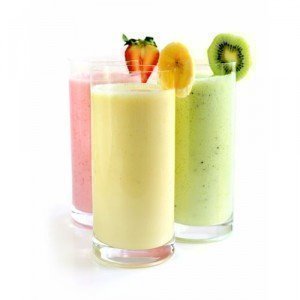
Micro Mint
- 2 green apples
- 1 celery stalks
- 1 cup microgreens
- 1/2 lemon (peeled)
- small handful of mint
Micro Melon
- 1 cucumber
- 2 grapefruit
- ¼ Rock Melon
- 1 cup microgreens
- handful of fresh basil
Micro Tropical
- ½ Pineapple
- 1 cucumber
- 1 cup microgreens
- 1 pear
- 1 lime (peeled)
[product id="1519"]
[product id="1271"]
[product id="1204"]









